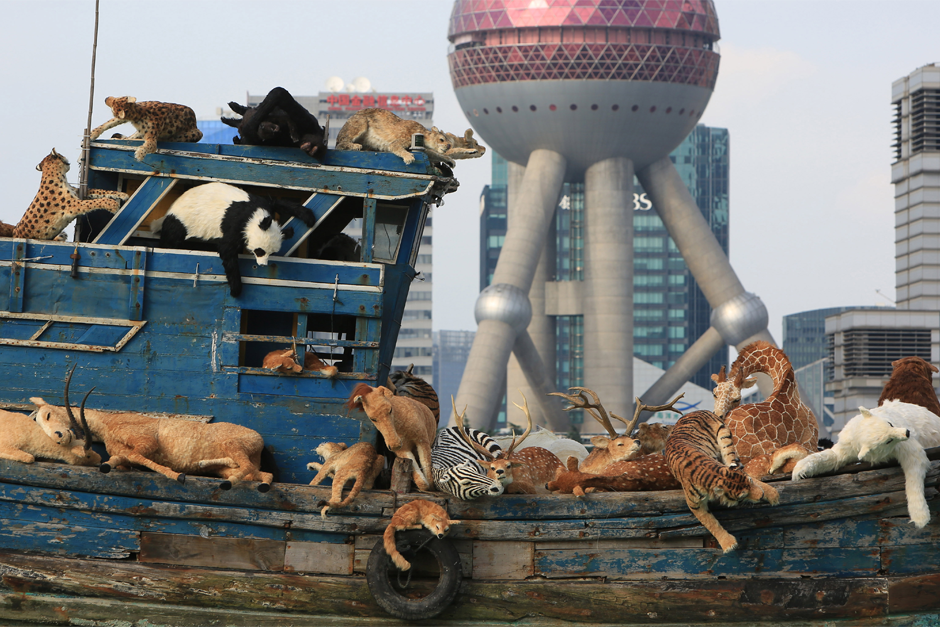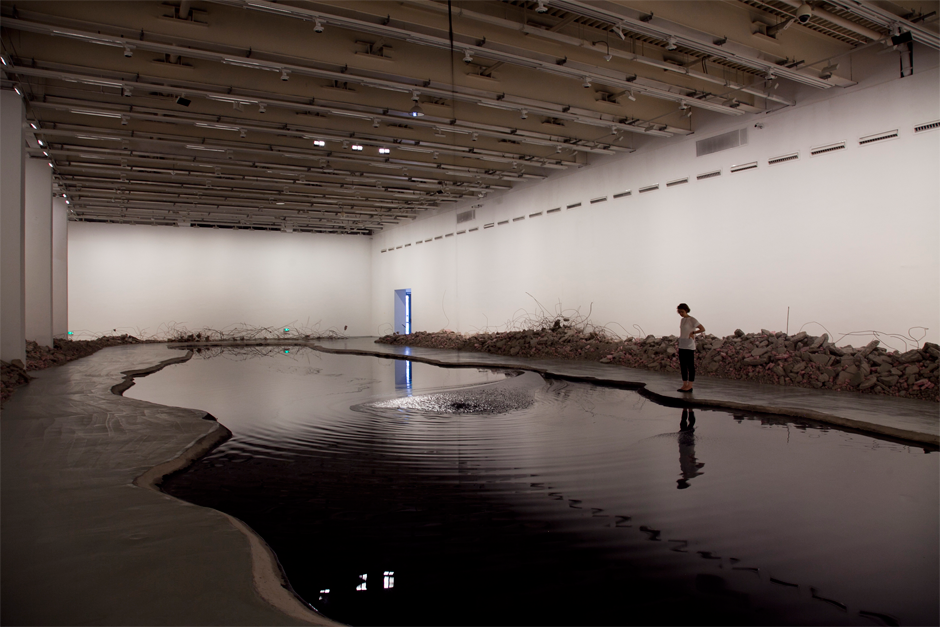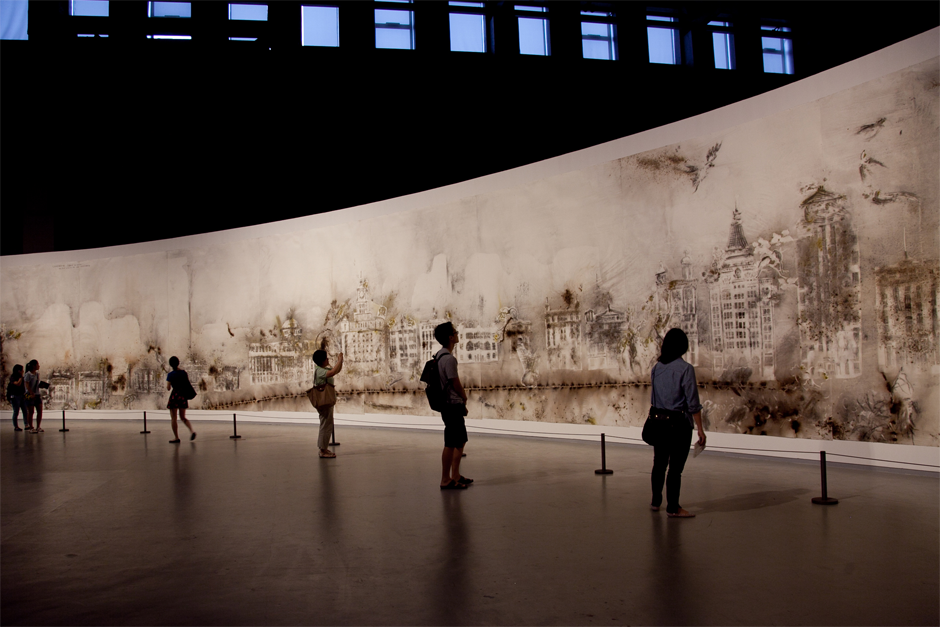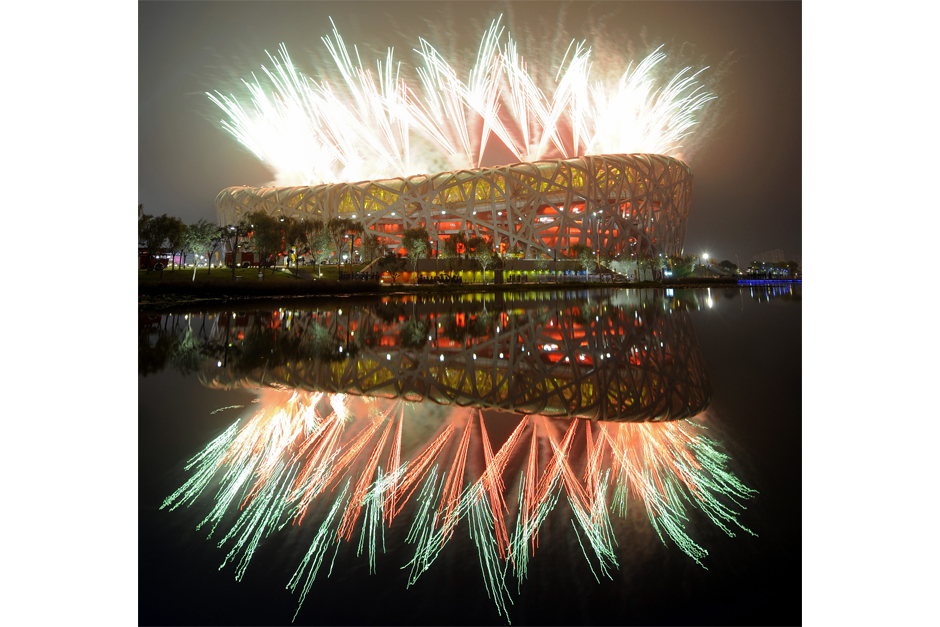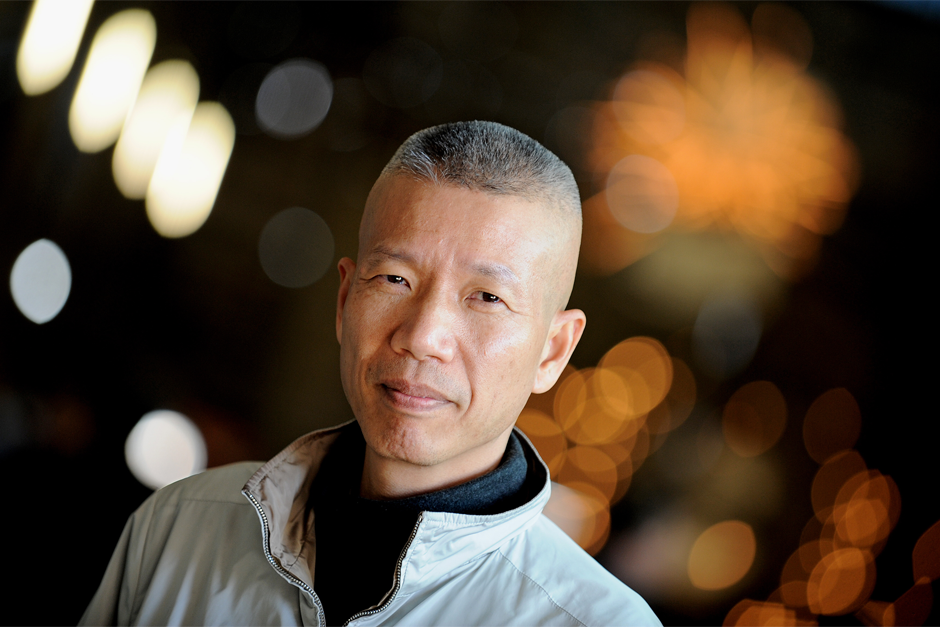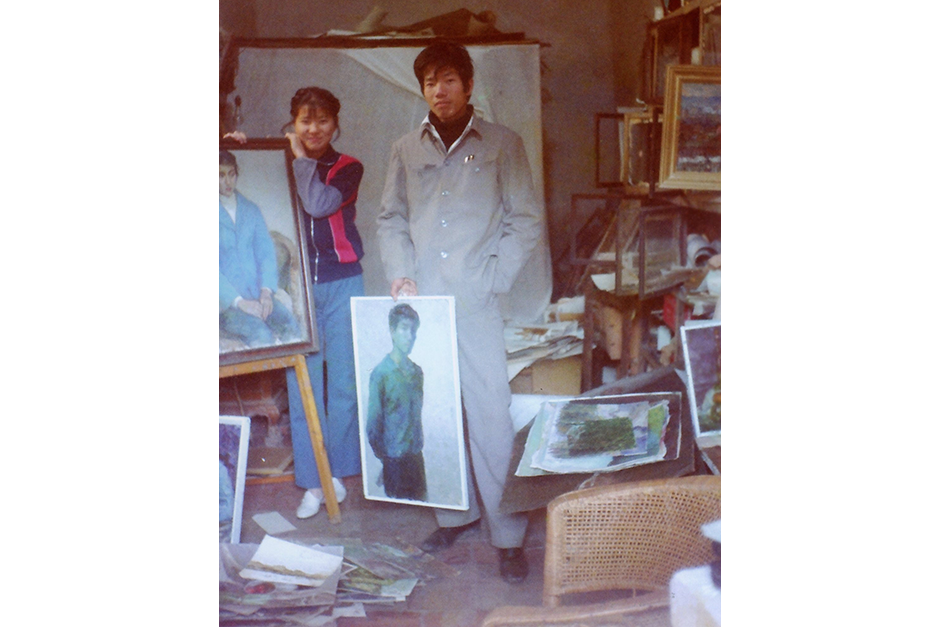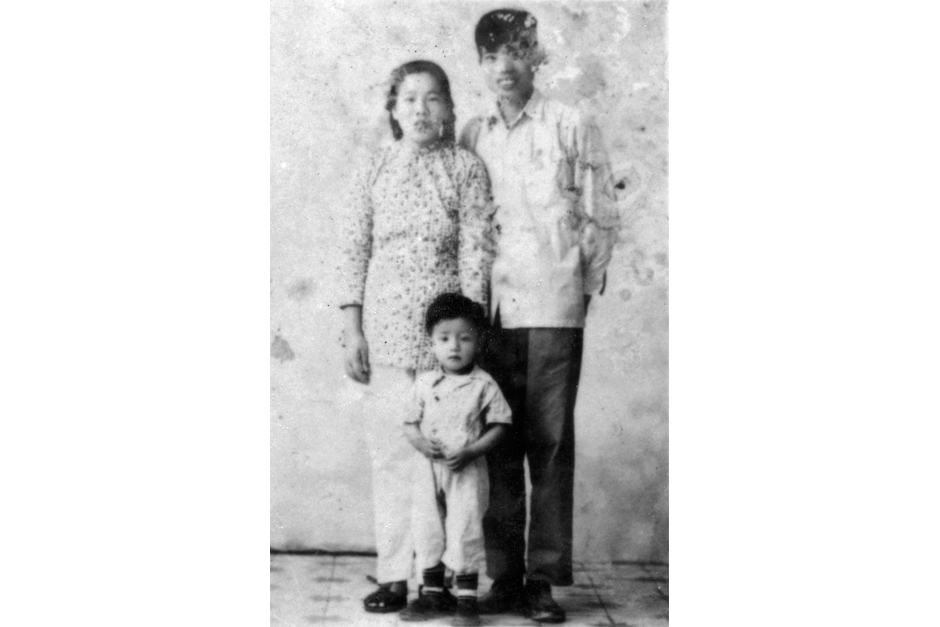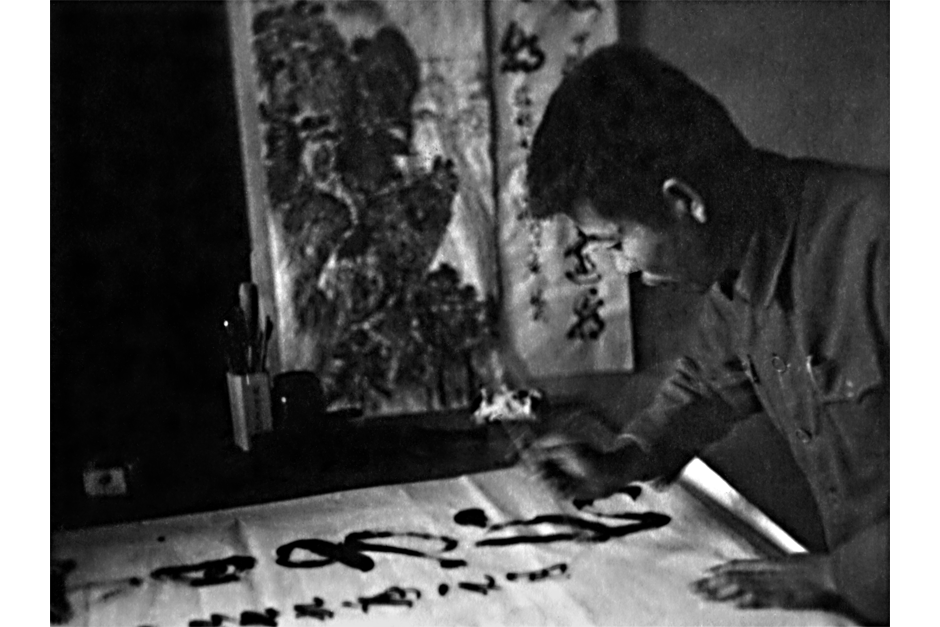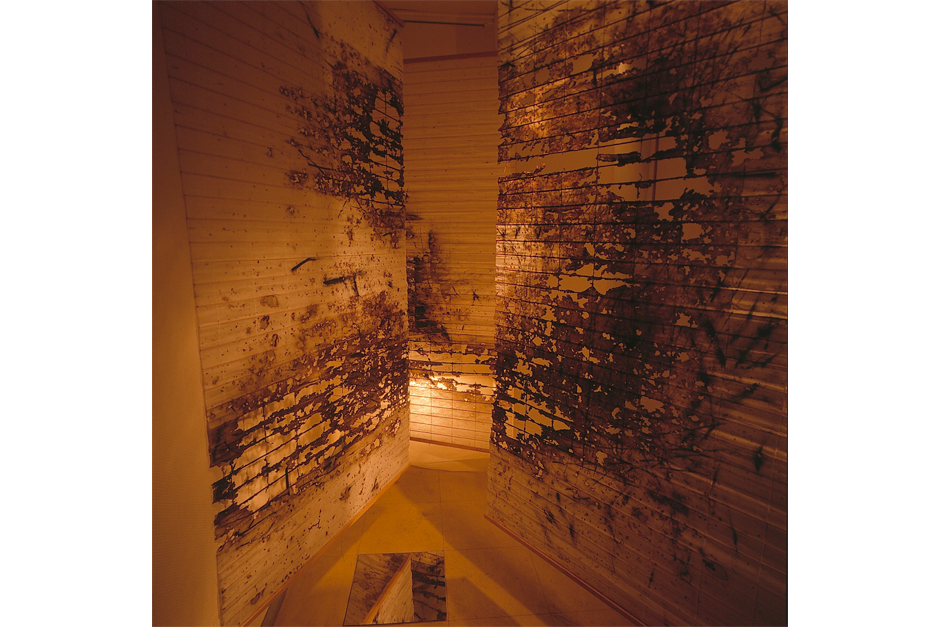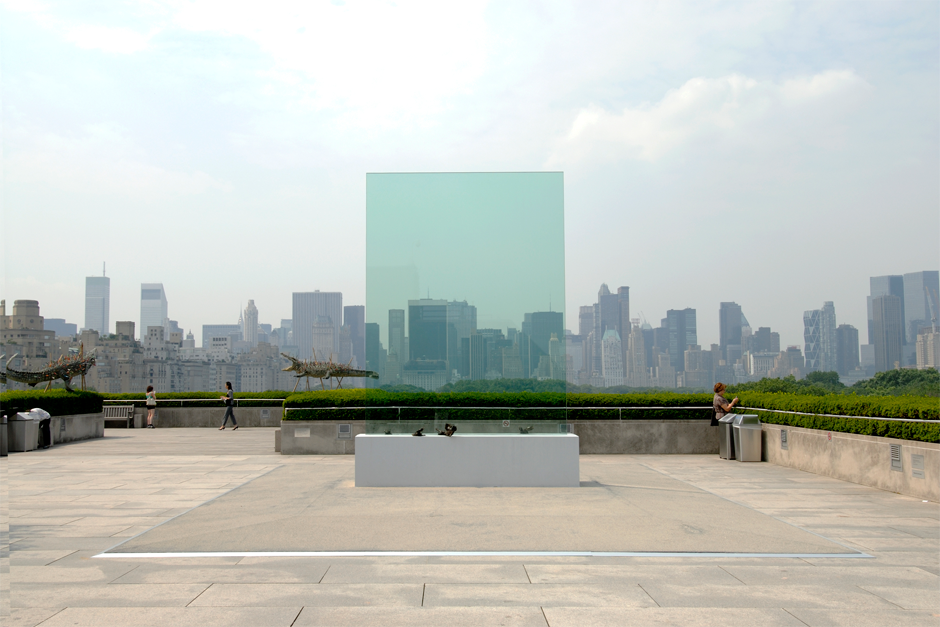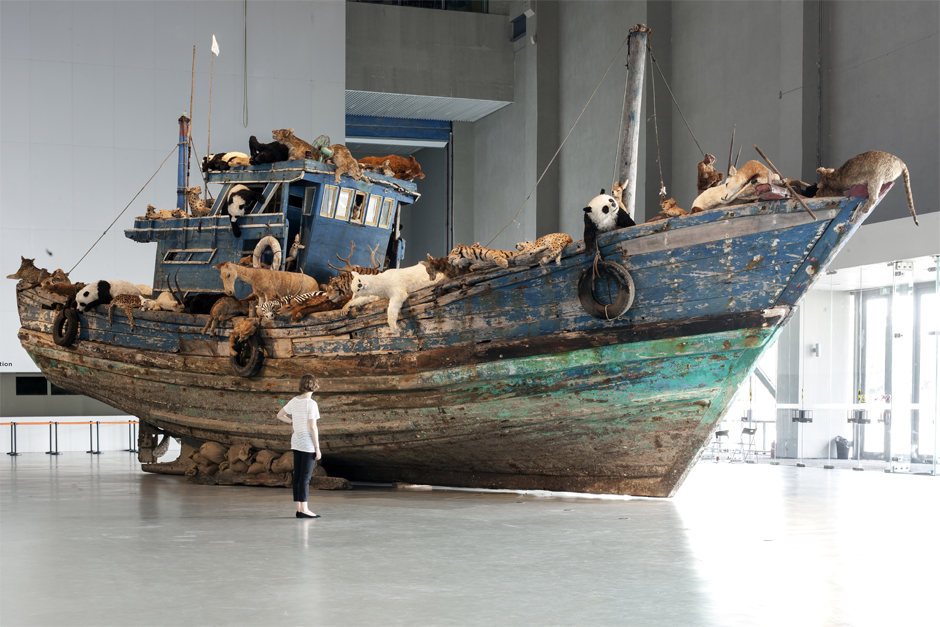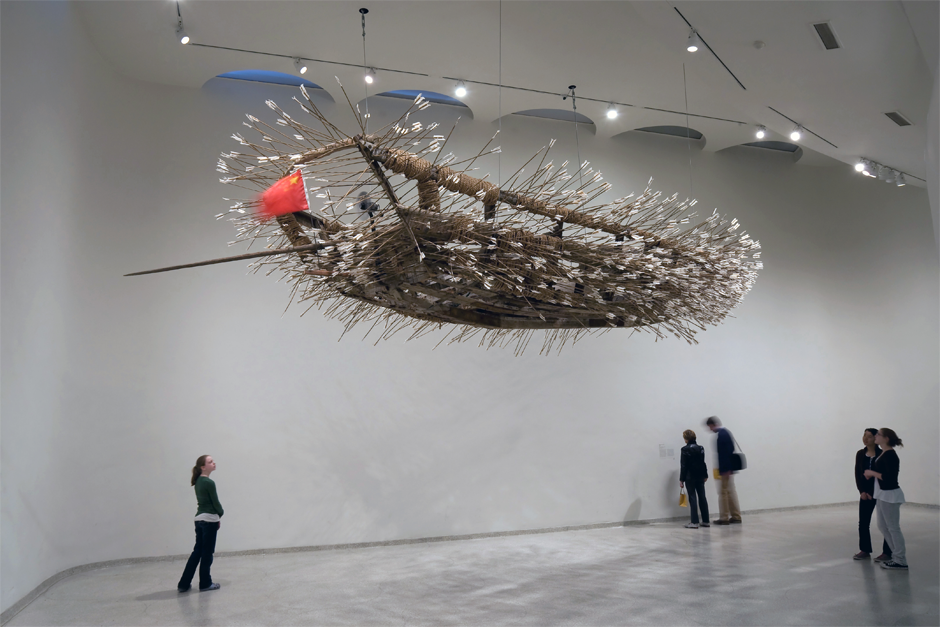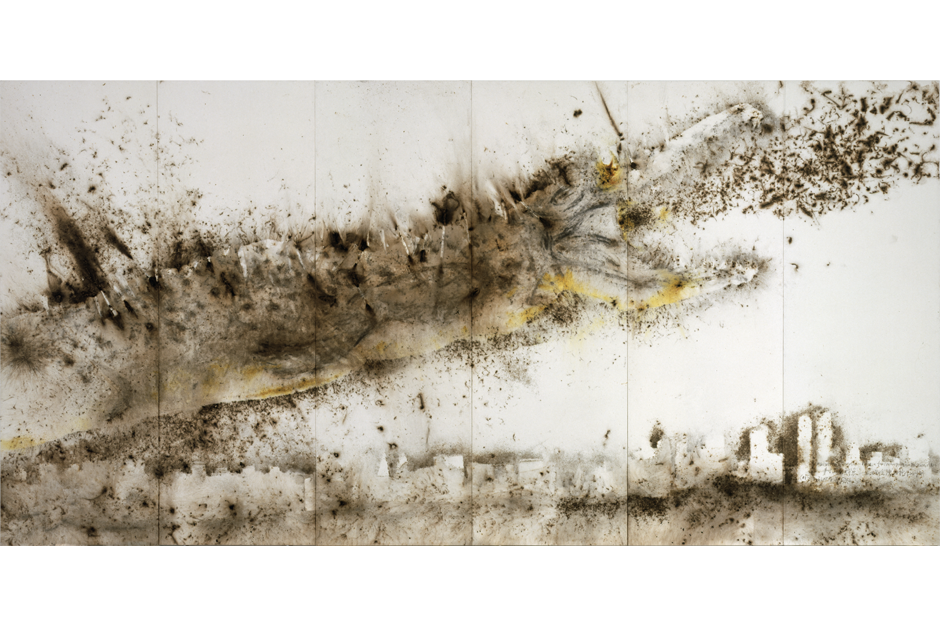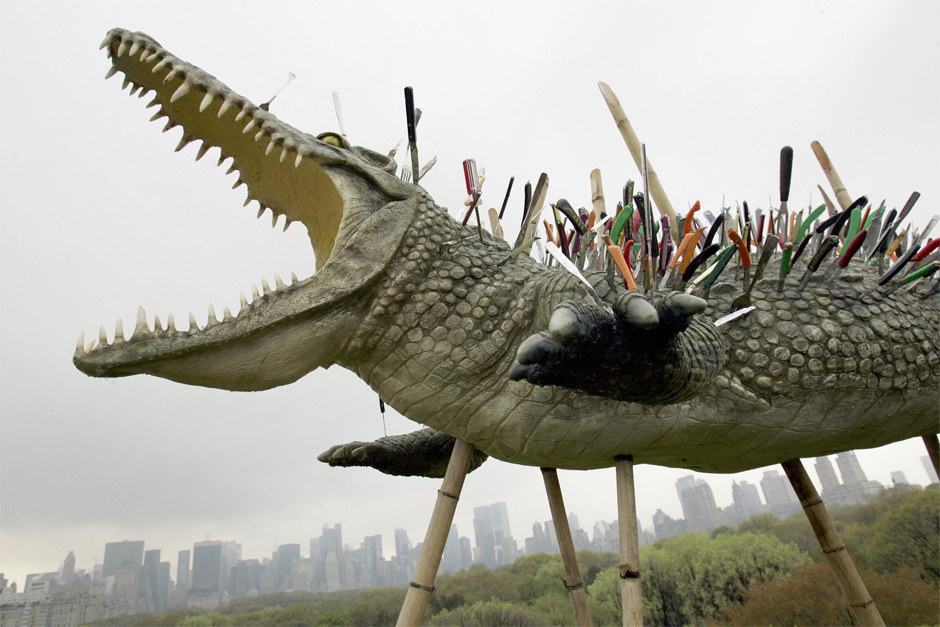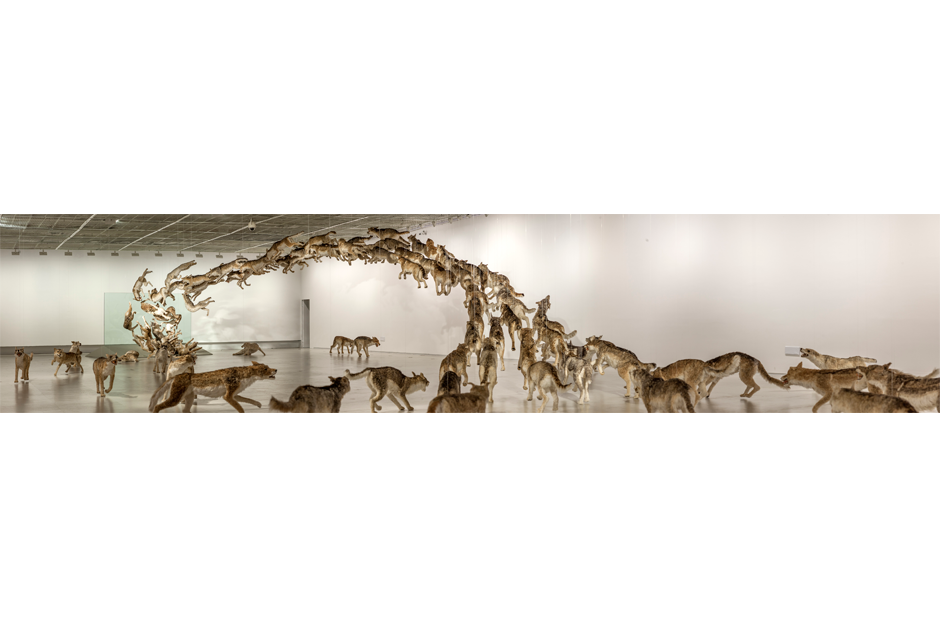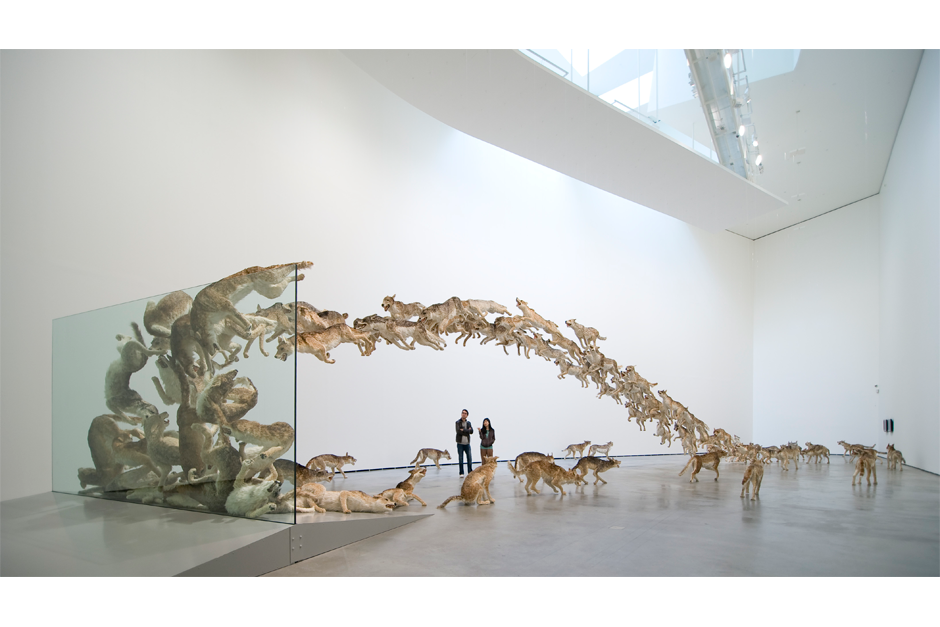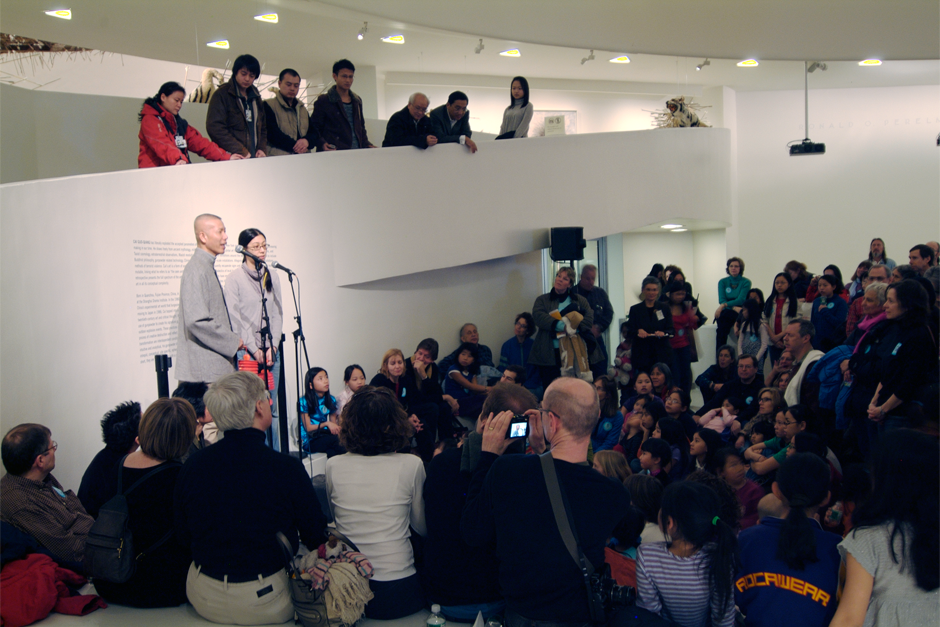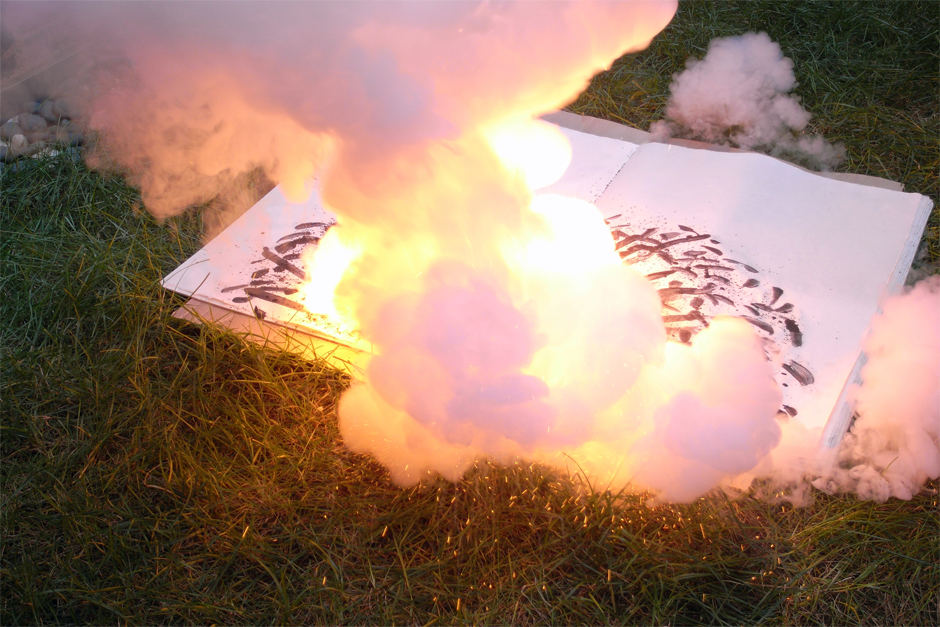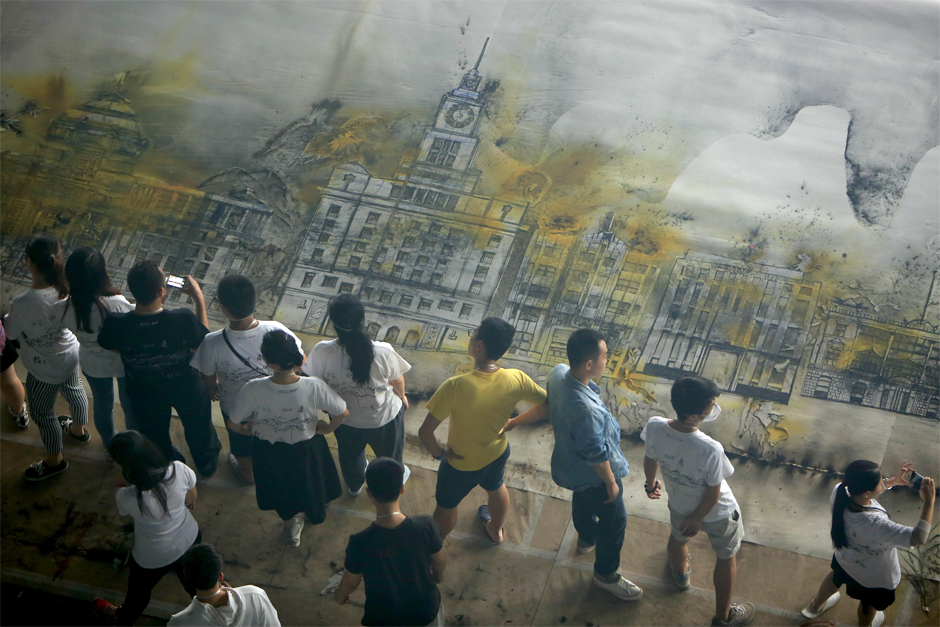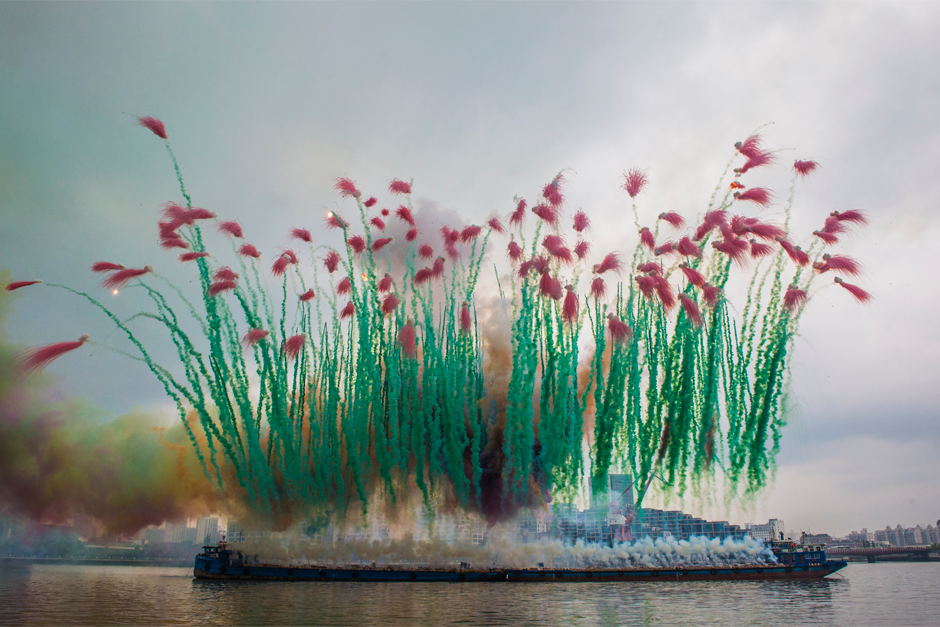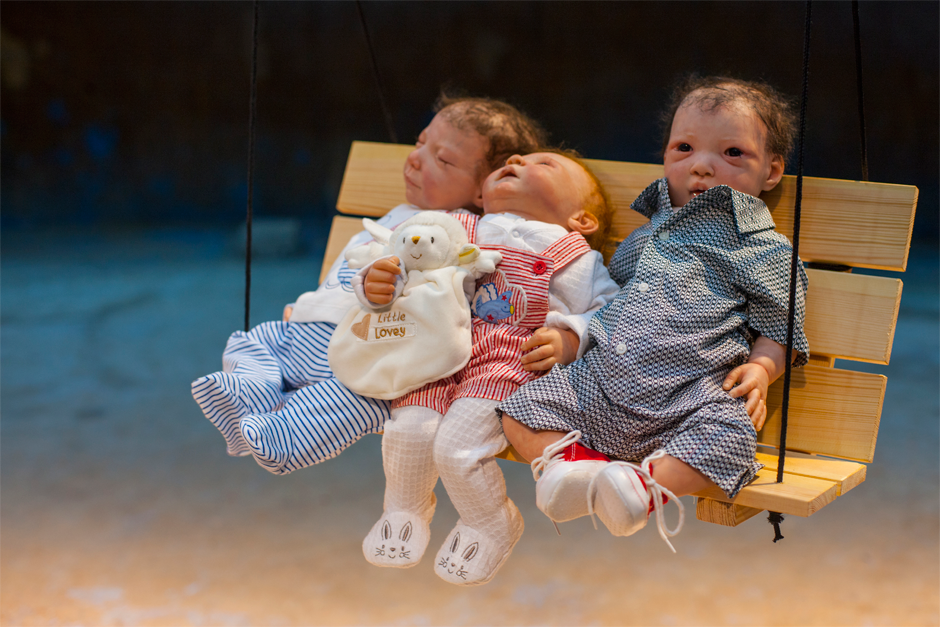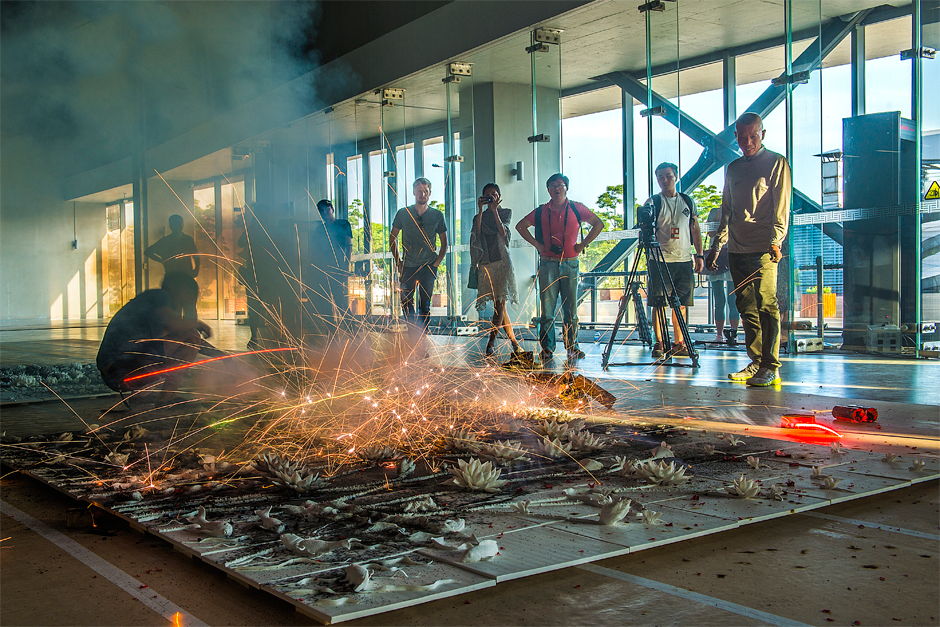Silent Spring on the Huangpu River
Reflecting on the Work of Artist Cai Guo-Qiang
This past July, Shanghai’s Huangpu River—known for more than a few incidents involving dead floating pigs—played host to artist Cai Guo-Qiang’s ark-like menagerie of decrepit animals, “The Ninth Wave.” The vessel was destined for the Power Station of Art, a renovated power plant and China’s first state-funded contemporary art museum, where it would be the centerpiece of Cai’s environmentally focused solo exhibition. According to Cai Studio, “The Ninth Wave” was inspired by Ivan Aivazovsky’s 1850 painting of shipwreck survivors, barely holding on to life, “expressing human helplessness in the face of nature’s unforgiving forces.”
Orville Schell, in his profile of the exhibition for The New Yorker, describes one of the most affecting pieces in the show, “Silent Ink,” which features a bleak pool of black ink which Cai hollowed out from the gallery floor:
An overhead nozzle shoots jets of ink down into the pool creating both a soothing waterfall-like sound and strange patterns on the glistening surface of the black “pond.” And finally, around this interior excavation, Cai has piled up all the concrete rubble and bent steel rebar, jack-hammered out of the floor, to look something like mountains in a classical landscape painting.
“Silent Ink” harkens back to the traditional landscapes with calligraphy that influenced Cai as a boy watching his father, Cai Ruiqin, paint. But it also echoes one of his best-known other works, “Heritage,” in which he arrayed a veritable U.N. of ninety-nine animals from all continents drinking peacefully together around a tranquil blue pond. Even without animals, the point in “Silent Ink” is hardly lost: China’s reality is that many lakes and rivers have been so polluted that they are too toxic even for industrial use, never mind for animals to drink.
Cai seems to suggest that the ark-bound animals in “The Ninth Wave” are also doomed. But last week as I stood in awe before “The Bund Without Us,” Cai’s massive gunpowder rendering of a post-human Shanghai, I saw a bit of optimism in his vision of our ecological future. Tigers, monkeys, and crocodiles somehow survived whatever mass extinction wiped us away, and they playfully reclaim a cityscape devoid of human life. –Leah Thompson




